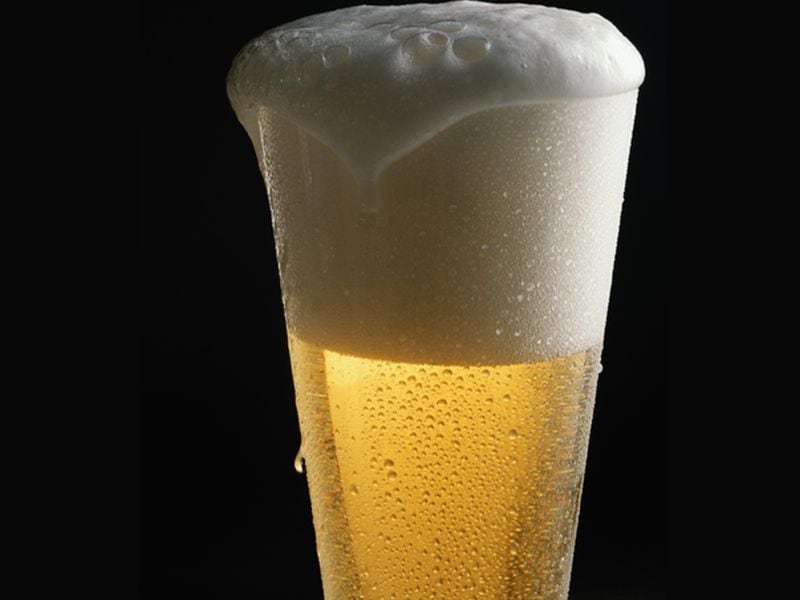However, increase seen in marijuana use, co-use of alcohol and marijuana
WEDNESDAY, Oct. 14, 2020 (HealthDay News) — Alcohol use decreased, but marijuana use and co-use of marijuana and alcohol increased from 2002 to 2018 in U.S. young adults, according to a study published online Oct. 12 in JAMA Pediatrics.
Sean Esteban McCabe, Ph.D., from the University of Michigan School of Nursing in Ann Arbor, and colleagues examined cross-sectional survey data collected in U.S. households between 2002 and 2018 to assess national changes over time in previous-year alcohol and marijuana abstinence, co-use, alcohol use disorder, and marijuana use disorder among U.S. young adults as a function of college status.
The researchers found an annual increase in previous-year alcohol abstinence among young adults during 2002 to 2018 (college students: 0.54 percent; noncollege students: 0.33 percent). From 2002 to 2018, there was an annual increase in marijuana use (college: 0.46 percent; noncollege: 0.49 percent), with no increase in marijuana use disorder for all young adults. An annual decrease was seen in previous-year alcohol use disorder (college: 0.66 percent; noncollege: 0.61 percent), while co-use of alcohol and marijuana increased annually (college: 0.60 percent; noncollege: 0.56 percent).
“Interventions that focus solely on one substance will be less effective than interventions that take a more holistic polysubstance use perspective,” McCabe said in a statement. “The findings of our study reinforce the complex task health professionals have of detecting and developing effective interventions to reduce consequences associated with polysubstance use.”
One author disclosed ties to a social sciences research consulting firm.
Copyright © 2020 HealthDay. All rights reserved.








